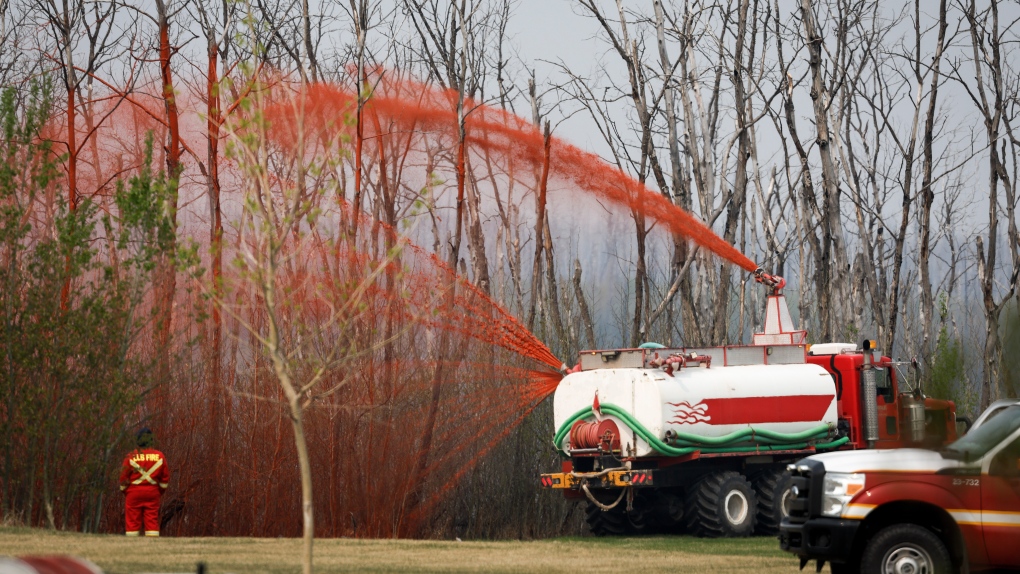By the end of the 2023 wildfire season in Alberta, 1,088 wildfires had burned more than 2.2 million hectares of land. According to the province, the first wildfire of note was near Evansburg, a hamlet an hour west of Edmonton, on April 30.
That was the date the Canadian Interagency Forest Fire Centre (CIFFC) received its first notice for fire resources for the season, which was exceptionally early according to its standards.
By May 6, Alberta had declared a state of emergency. According to Alberta Wildfire, 48 communities across the province were affected with more than 38, 000 Albertans forced out of their homes.
Alexandria Jones with CIFFC says the agency had never been busier than it was in 2023, receiving requests for resources not just in Alberta, but across the country, as wildfires raged in all provinces and territories. The Canadian National Fire Database states more than 7,100 wildfires burned more than 17 million hectares of land, 10 times the previous record set in 1989.
“CIFFC goes up to a level five national preparedness level, and that means that we're pulling in international resources, and the demand on CIFFC is high to get resource across the country,” said Jones.
“And so last year, we saw upwards of 5,500 international resources come into the country from all across the world, including Mexico, Costa Rica, Portugal, Australia, the United States and more.”
Natural Resources Canada attributed the unprecedented wildfire season to several environmental factors, including early snowmelt, and drought conditions in Western and Eastern Canada. Furthermore, it says the mean temperature in the country between May and October was 2.2 C warmer than normal, creating ripe conditions for extreme wildfires.
Dr. Mike Flannigan, a professor of wildland fire at the Thompson River City University in Kamloops, B.C., says the world is warming and with increasing temperatures, there will be more fires.
“As it gets warmer, the atmosphere gets more efficient at sucking moisture out of the forest fuels so that they’re drier,” he said.
This year, the wildfire season is already in full swing. Firefighters are battling two major blazes near Fort Nelson, B.C., and Fort McMurray forcing thousands of people out of their homes.
In Alberta, the wildfires season was declared about 12 weeks earlier than last year. Drought conditions and dozens of carry-over fires from 2023, which are blazes that lay dormant during the winter months, contributed to a premature start.
“These have woken up now that the snow is gone and we had some warm, dry, windy weather last week. And these fires grew, and that’s not what typically happens. Normally, we don’t see these fires grow in size. So we’re off to a very active start, particularly in British Columbia, Alberta and Saskatchewan,” said Flannigan.
However, despite the earlier wildfire season, Alberta Fire says 500, 000 hectares of land was scorched around this time last year, compared to 30, 000 hectares this year.
Officials say at this point, they can’t predict how the wildfire season will evolve in 2024, but are preparing for what could be a challenging season. In an email to CTV News, they said, “we have increased staffing levels to prepare for a potentially busy wildfire season by hiring an additional 100 firefighters.”
While rain and cooler weather in both the Fort Nelson and Fort McMurray areas have reduced the wildfire risk, it doesn’t mean the communities are out of the woods, said Dr. Flannigan.
“We will need lots of rain over a long period of time to get out of this. So we’re in a cooler, showery period for the next seven days in this part of the world, but once it warms up, we’re ready to burn in a couple days and things could flare up.”












































